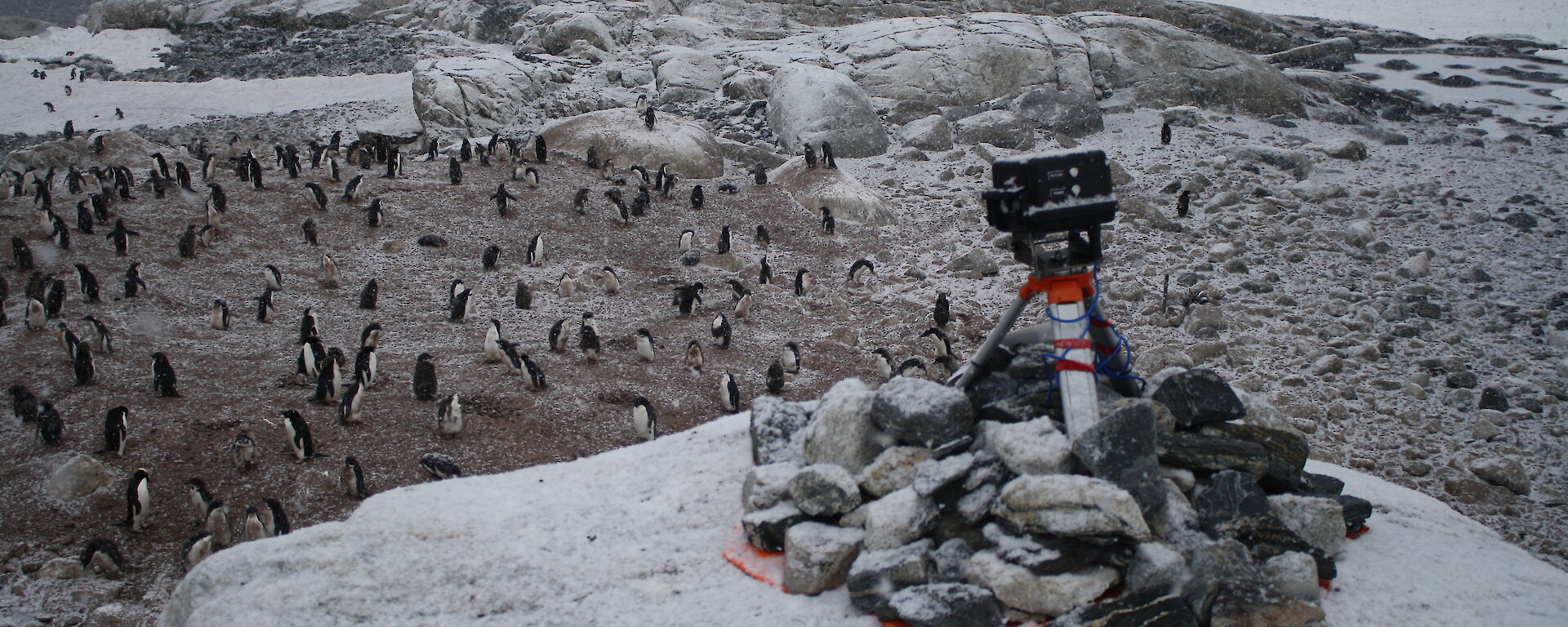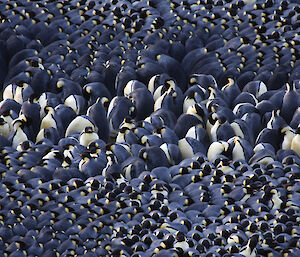Always wanted to count penguins in Antarctica? Well now you can, with the Penguin Watch project, launched today by Oxford University.
The project, led by ‘penguinologist’ Dr Tom Hart, is part of broader penguin health research, which needs volunteers to count penguins in thousands of photographs taken by automated cameras monitoring colonies for Australian Antarctic Division and UK scientists.
Online volunteers will count adults, chicks and eggs in photographs from some 30 Antarctic and subantarctic colonies of gentoo, chinstrap, King, emperor and Adélie penguins.
Their counts will then be compared to an algorithm being developed by computer scientists to automate penguin counting from photos.
“We have a network of over 100 remote, automated cameras, including about 40 run by the Australian Antarctic Division, which provide hundreds of thousands of images of penguins throughout the year,” Dr Hart said.
“Because we have such enormous amounts of data to analyse, we want to develop a recognition tool that enables computers to automatically count every penguin individual in an image.
“The work of the volunteers will help us to ‘teach’ computers to accurately recognise individuals, which can be very difficult within large, crowded colonies.”
A few thousand of the 200 000 photographs in the collection were taken by cameras set up by the Australian Antarctic Division in Adélie and emperor penguin colonies near Casey, Davis and Mawson stations.
The cameras are part of long term seabird monitoring programs run by the Division’s seabird ecologists, including Dr Colin Southwell.
“We’ve contributed specific images of Adélie penguins taken at different vantage points, to provide different perspectives on the birds and some of the confusion that an algorithm will have to deal with,” Dr Southwell said.
Monitoring penguin numbers over time helps scientists to better understand penguin behaviour, breeding success and the impact of predators, and to detect increases or decreases in penguin numbers as a result of environmental changes.



